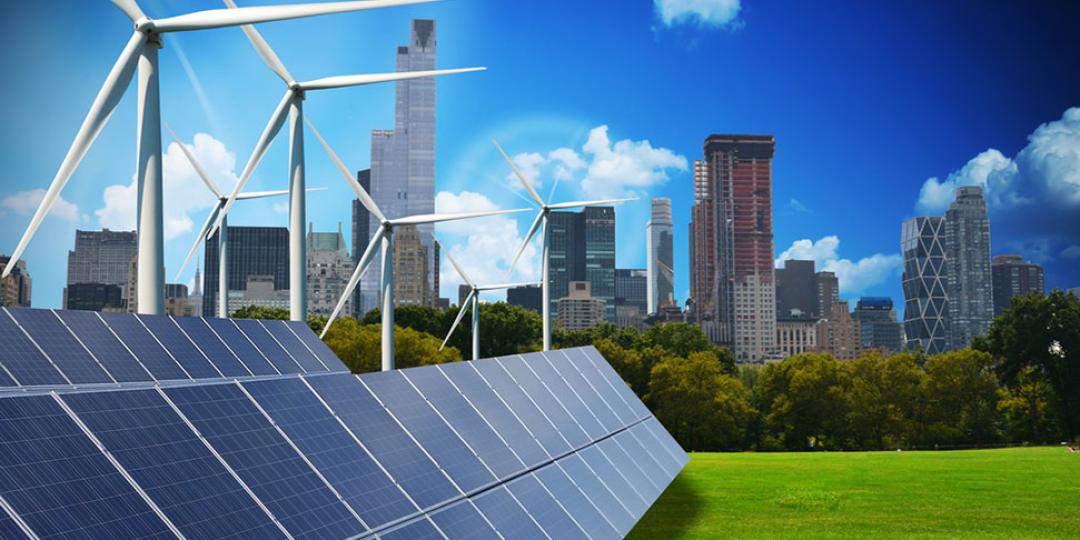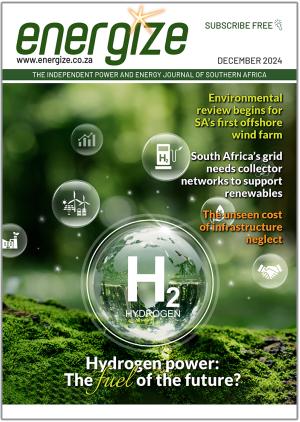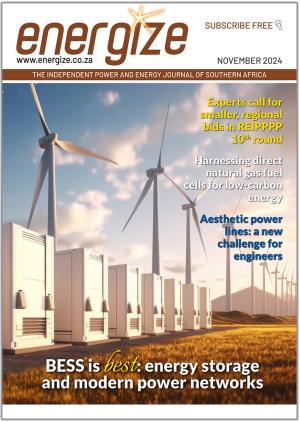South Africa’s renewable energy sector is currently preparing submissions for the Fifth Bid Window (BW5), with a looming 4 August 2021 deadline. However, it is not only the bidders that are abuzz but also the local manufacturing, transportation and other industries that make up the local value chain of the industry. In preparation, a broad segment of industry players convened online to get insights from sector heads and thought leaders, in a capacity building webinar organized by SAWEA and SAPVIA.

“The presentations highlighted different components, both solar PV and Wind, that have local manufacturing potential and exposed participants to valuable knowledge about how to engage with Original Equipment Manufacturers (OEMs) with the purpose of participating in the value chain. Participants also learned different strategies that local businesses can use to enter the renewable energy manufacturing value chain, such as being a local subsidiary of a foreign company, manufacturer under OEM IP local assembler of components, in addition to other valuable insights that will help our sector draw greater economic value to our shores,” explained Ntombifuthi Ntuli, CEO of South African Wind Energy Association (SAWEA).
Over the next ten years, the wind power industry is expected to drive an estimated R40 Billion of investment, each year, with a fairly large portion of this coming from economic benefits of stimulating the local value chain. Hence, assuming that smooth procurement of new wind energy production continues, in line with the Integrated Resource Plan (IRP), this sector is an excellent vehicle for direct infrastructure investment and a positive multiplier of economic effects, including specialised components manufacturing such as wind turbine towers and steel mounting structures for solar PV; component transportation; construction industry; engineering and logistics.
“While exact quanta from assumptions may vary, the opportunity as a starting point is worth pursuing,” explained Francis Jackson, Special Advisor at GreenCape, who addressed attendees on the economics of renewable energy in local manufacturing.
Jackson’s presentation unpacked opportunities and barriers, such as: Uncertainty on market consistency: Technical and systems readiness; Availability of climate finance; Price competitiveness of local supply; Investment attractiveness in Energy Transition hotspots; and Match of skills demand and availability, amongst others.
Addressing low hanging fruit that can drive economic stimulation by the sector he identified wind tower and blade manufacturing; nacelle assembly; wind tower internals; solar PV module assembly; and a number of options should the solar sector move into vertical integration in the module value chain, such as glass.
Considering what it will take for South Africa to achieve economies of scale to enable locally manufactured components to be competitive at a global scale, Jackson said, “It is to be confirmed whether we are well positioned be competitive at a global scale in all components. The first step is to ensure we make the most of our local opportunity and establish building blocks for opportunities to participate in export. Global value chain players would be well placed to make the business case as they build capacity to service the local market. There will be certain parts of the supply chain that may emerge to be more strategically placed to cultivate capacity in South Africa than others in order to be able to compete internationally.”
He added, “It will take a suite of systemic interventions by stakeholders from industry through government and labour. Notable amongst these is rebuilding market certainty on the back of sufficient scale. Contributing factors may include increasing off-taker diversity; growth in demand through sector coupling, such as green hydrogen for export; consistent review and implementation of policy; refinement to bid window timing; and working in ways with which to allocate risk around procurement consistency and timing.
As previously unpacked by SAWEA, the BW5 local content threshold has been retained at 40%, in line with previous rounds, which the Association believes the industry will respond positively to.
SAWEA has facilitated conversations between the Department of Mineral Resources and Energy (DMRE), Department of Trade, Industry and Competition (DTIC) and the other key sector stakeholders, to align strategically and map the way forward to deliver on increased local content requirements.
It is noted that for the first time the Renewable Energy Independent Power Producer Procurement Programme (REIPPPP) has introduced designated local content, which, over and above the threshold, requires bidders to procure specific components locally. Should these components be unavailable, bidders can apply for an exemption, which needs to be lodged with the DTIC.
SAWEA cautioned that the stop-start nature of procurement, and the latent bid windows, severely damaged the meaningful momentum, pre-2015, which established new manufacturing capacity within the wind and solar value chains in South Africa. Significant manufacturing capacity was lost in the delay between BW4 and BW5, with many companies being forced to shut down as a result of the delays, unable to carry the cost of overheads indefinitely.
Contact SAWEA, Tel 010 007-5655, admin@sawea.co.za















